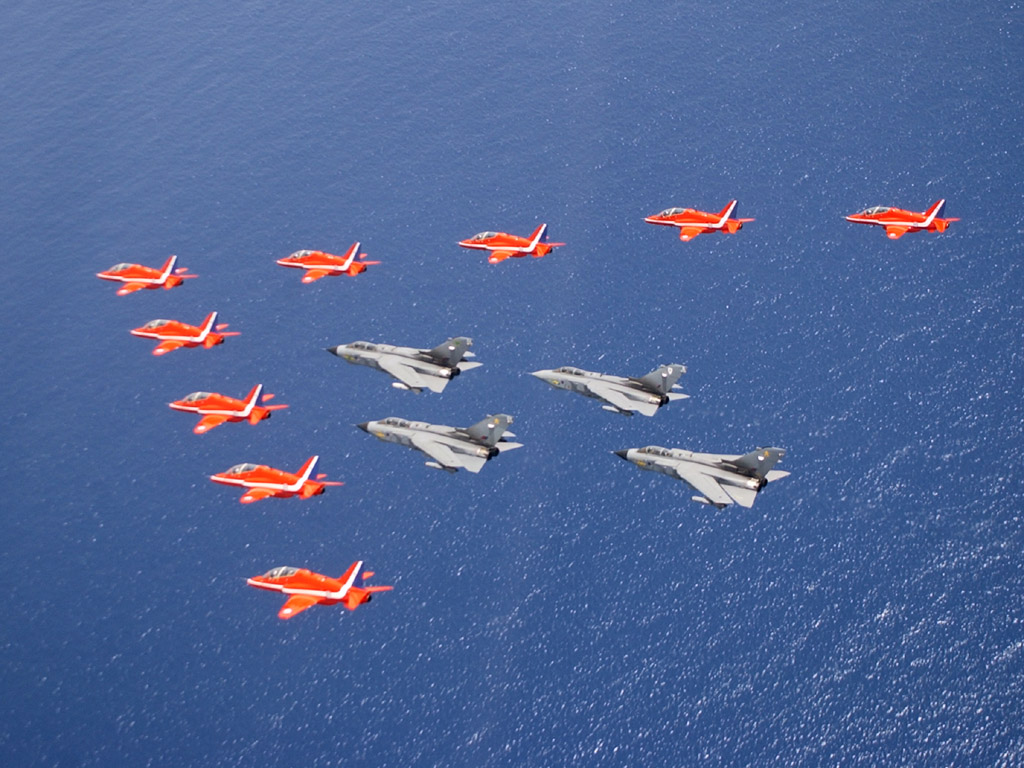Balance
Senior Member.
Interesting point, but it is not so simple due to the entanglement of ideas, memories, beliefs, emotions, etc. It comes down to : 1) past sky appears in memory and personal photos to be a certain way. 2) Present sky appears to have changed in quality and form due to aircraft contrails. 3) If aircraft contrails have existed as long as planes have, why the change?
I have no belief in chemtrails at the moment. What I do believe is that there has been a change in present sky conditions. Chemtrail believers are asserting the change is caused by sprayed aerosols. Contrail science claims there has been little to no sky change, or the change is caused by an increase in aircraft.
This is interesting (for me) as I recently got stumped in another debate by someone who conveyed the idea that his creative mind determines his "truth" even if it does deny science and facts.
ETA for clarity; Your truth in this respect being that you claim there is a case for chemtrails to be disproved.
Last edited:

